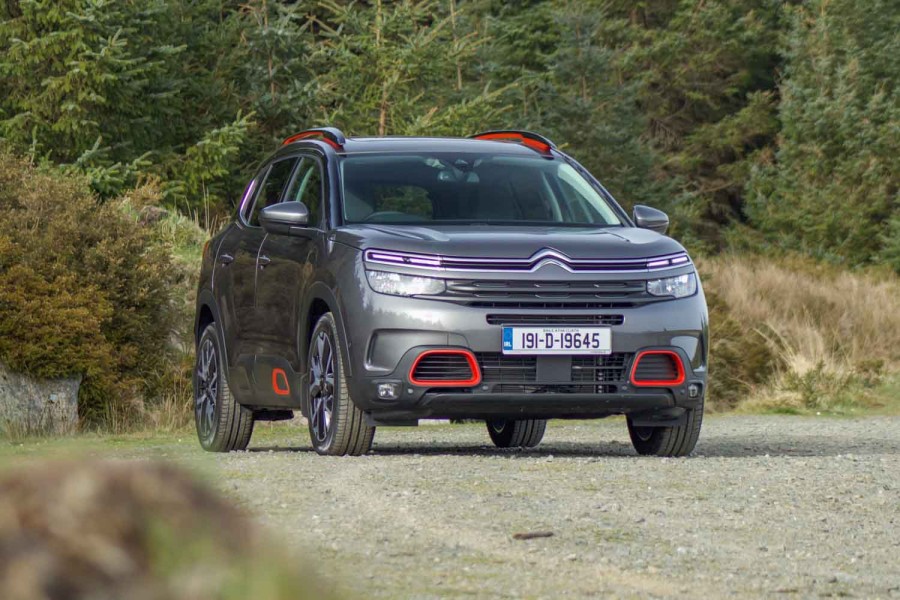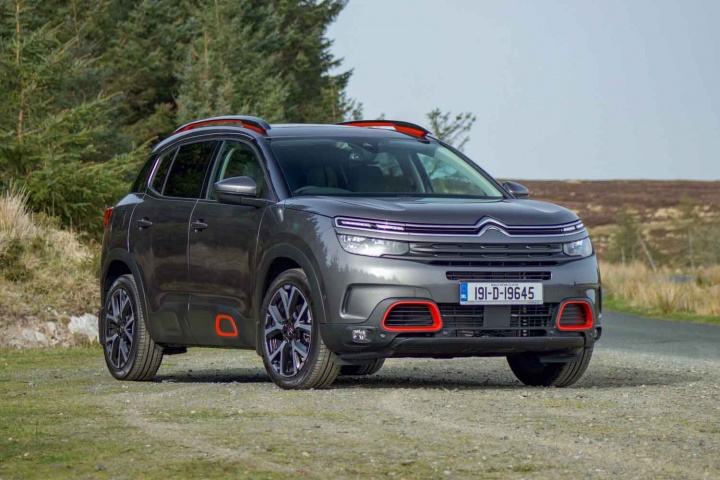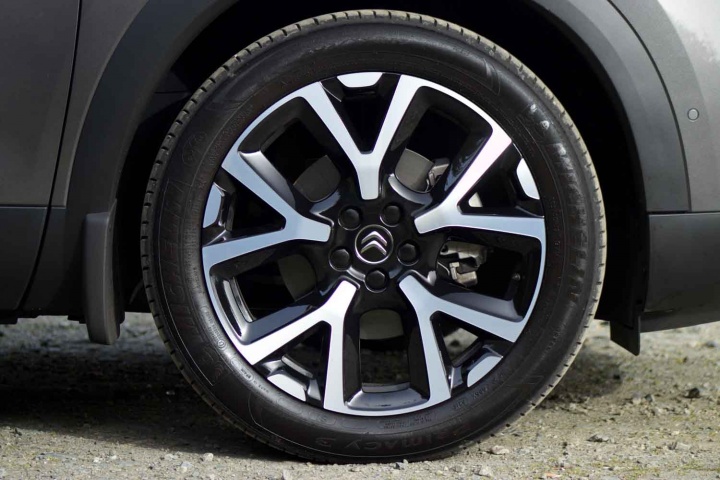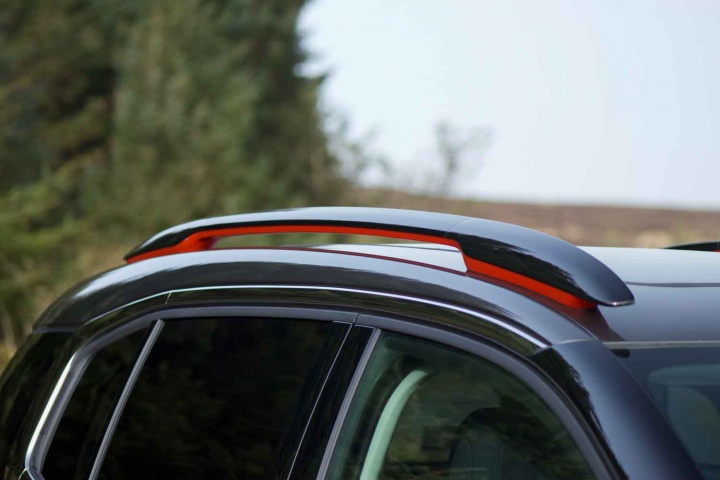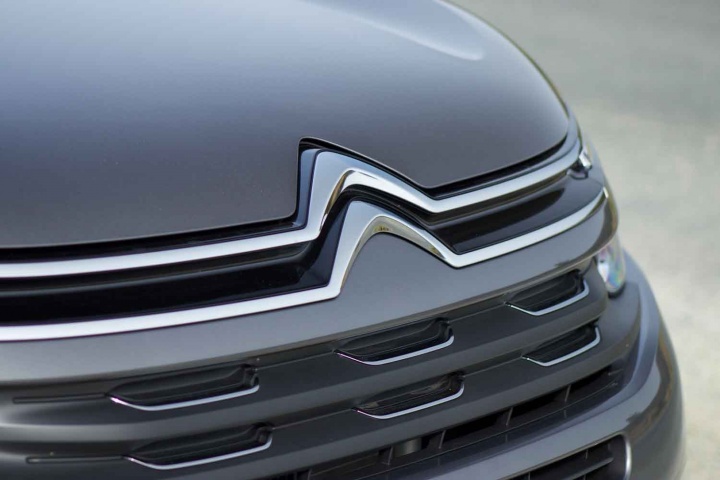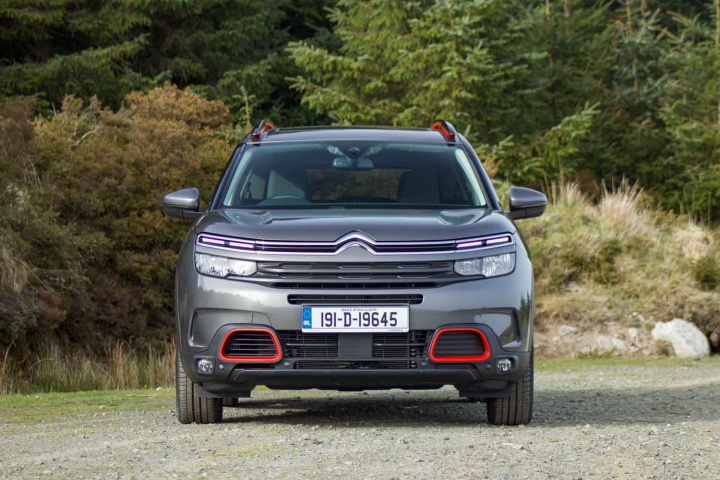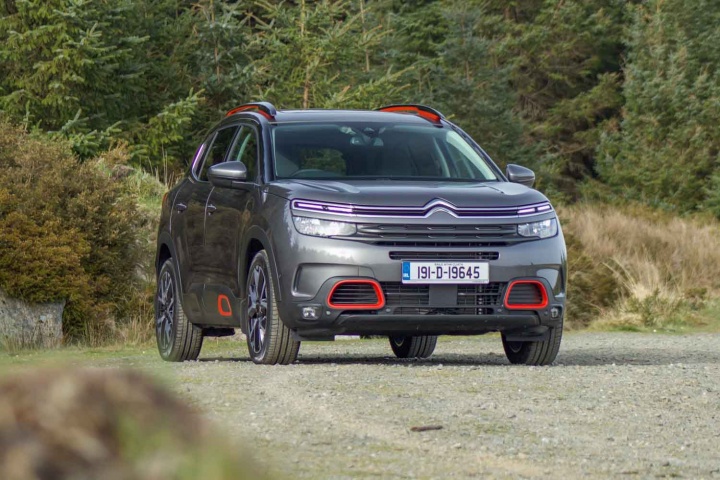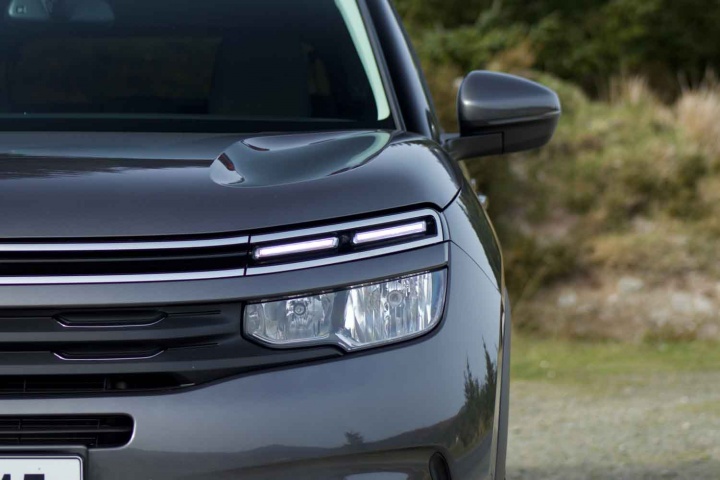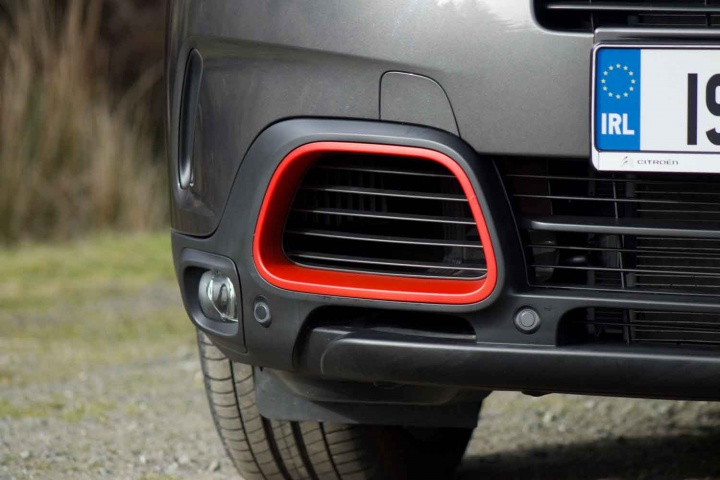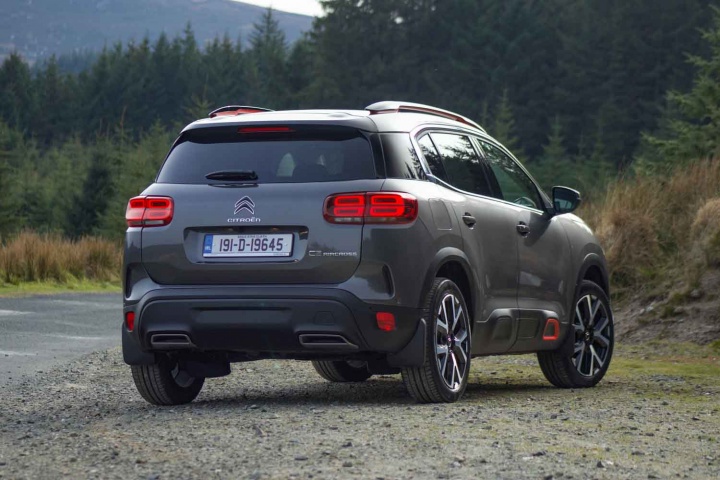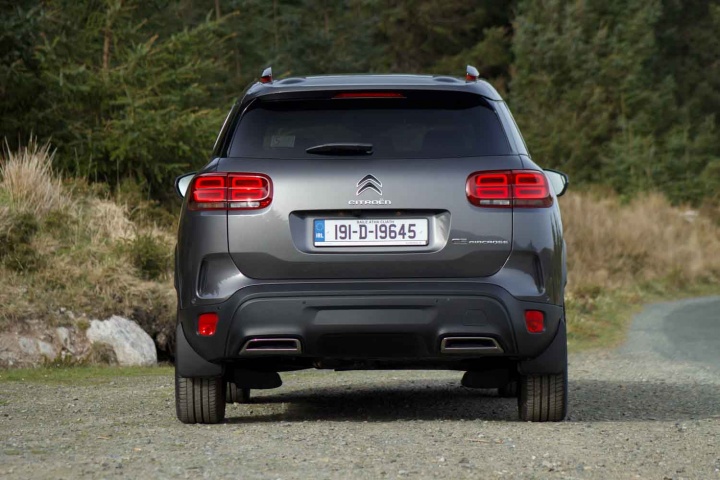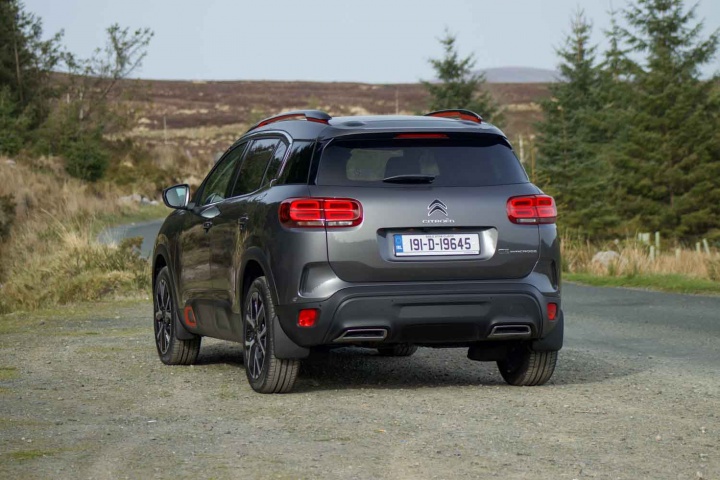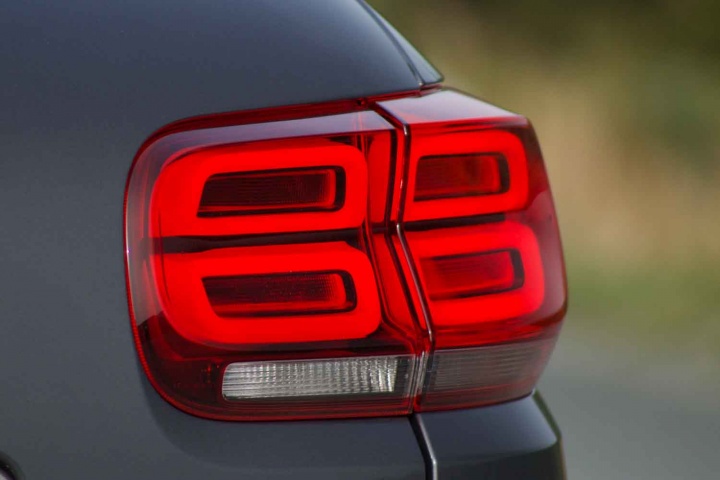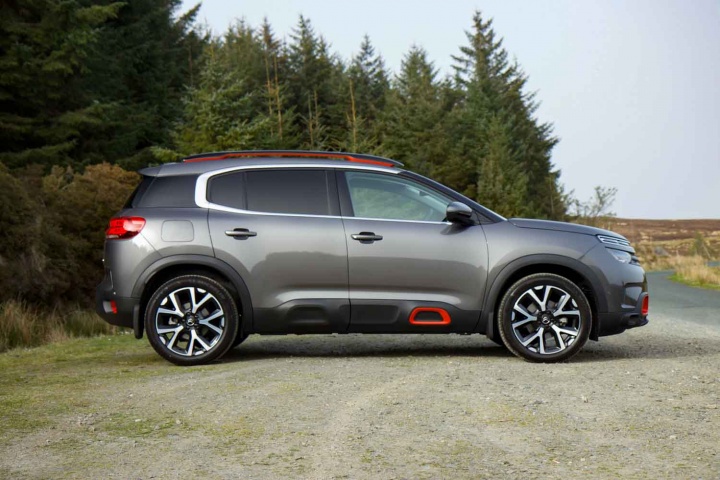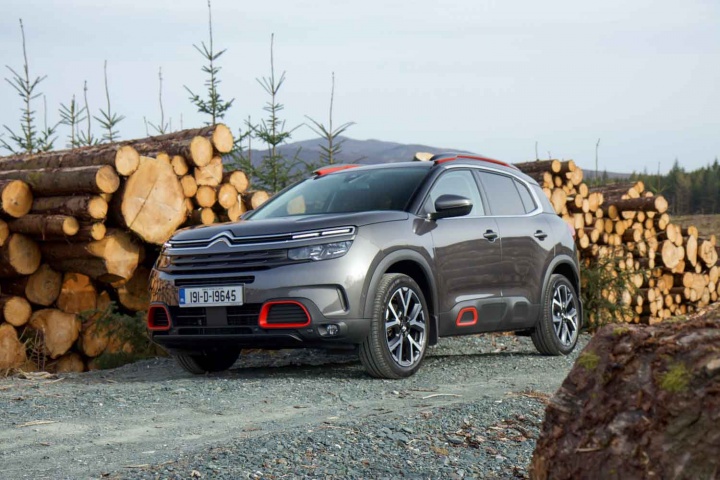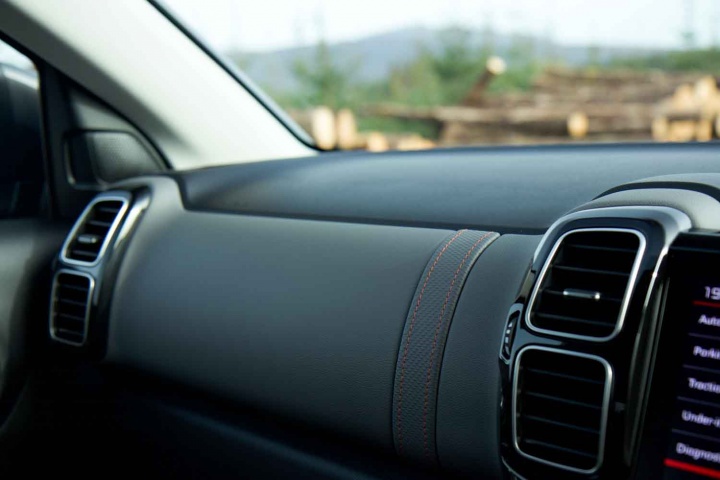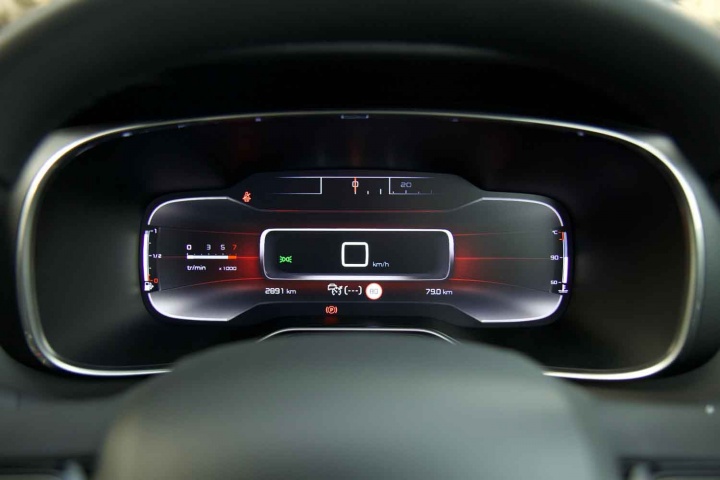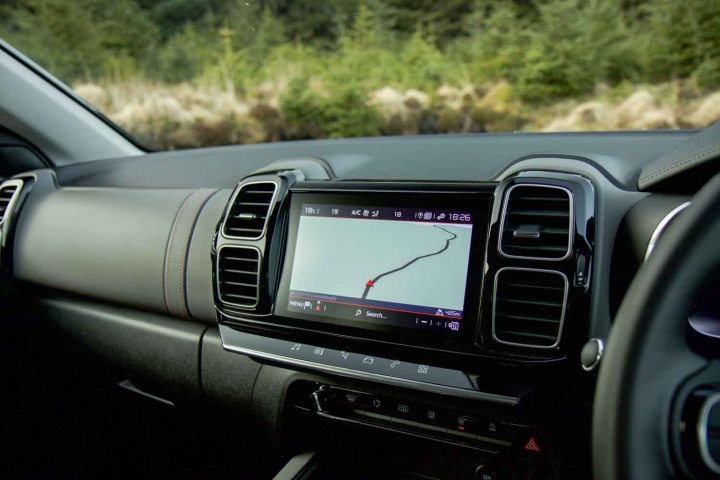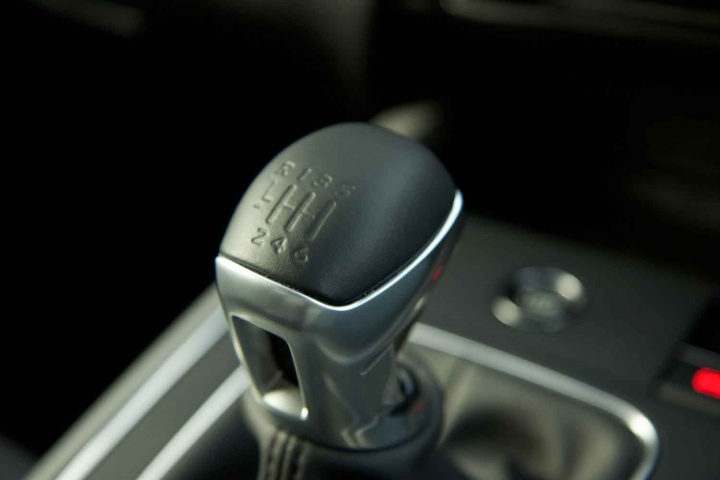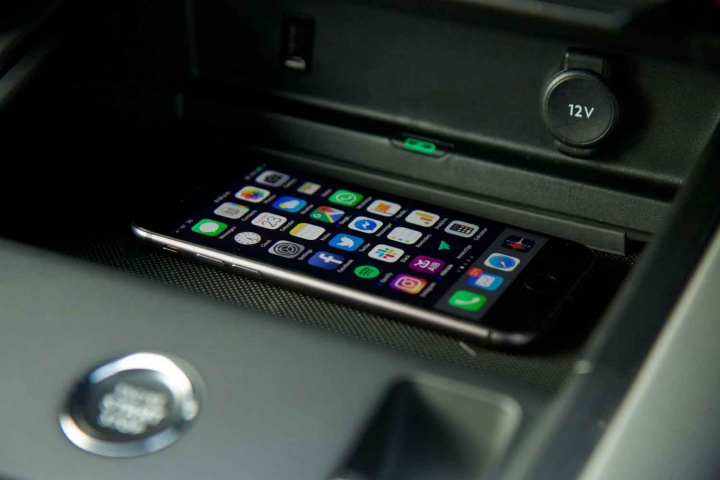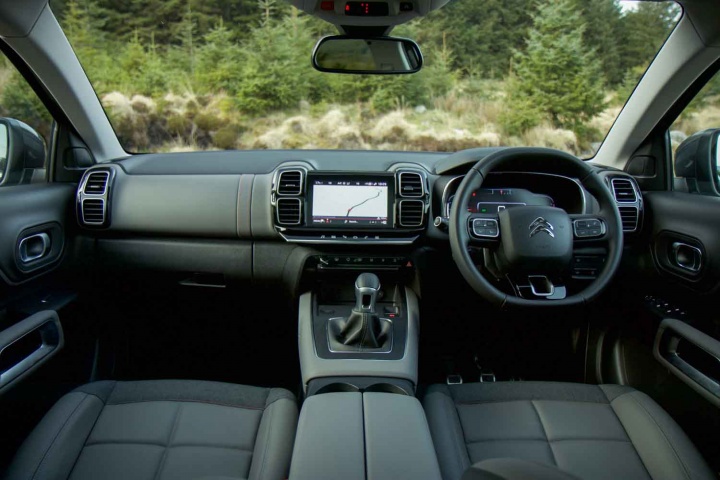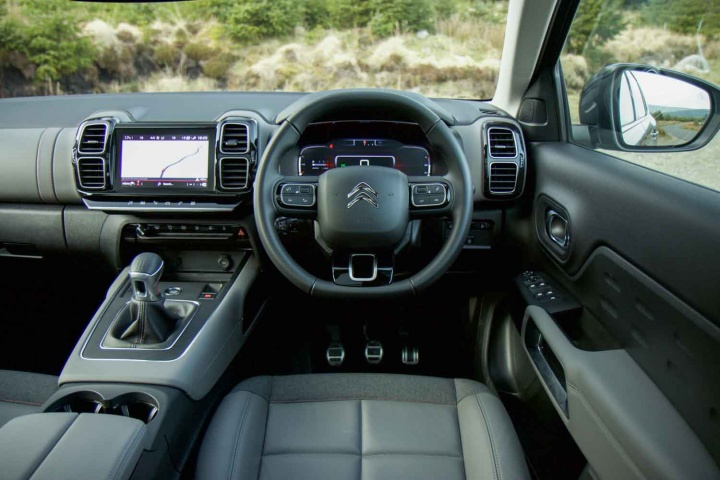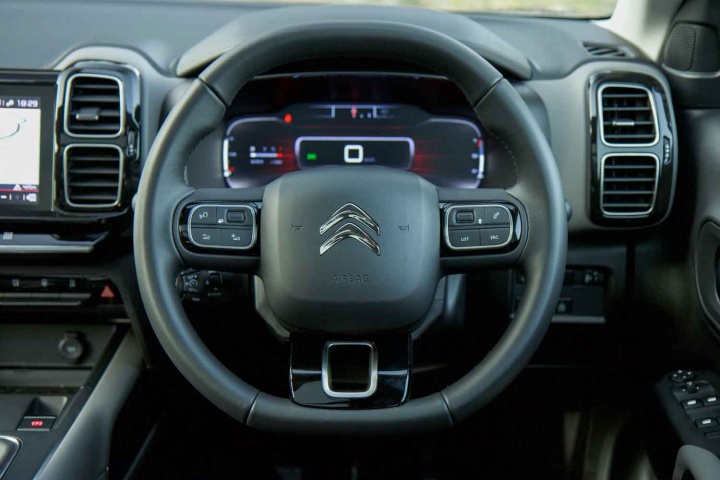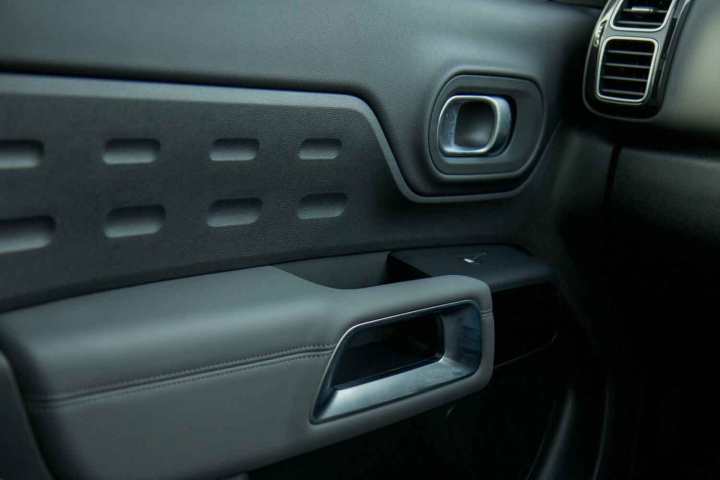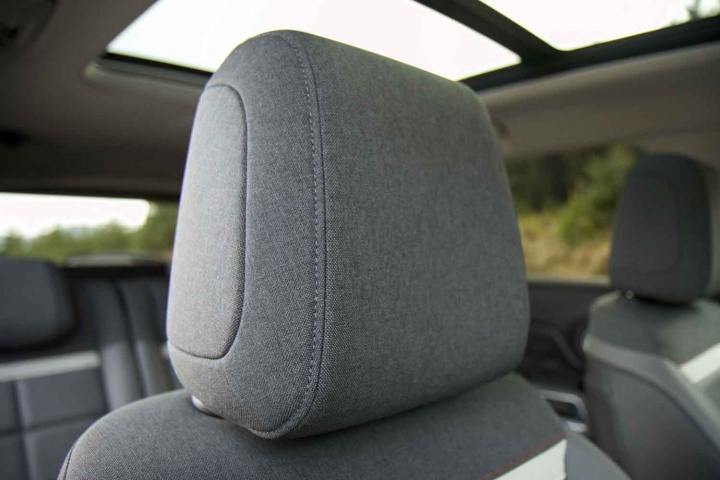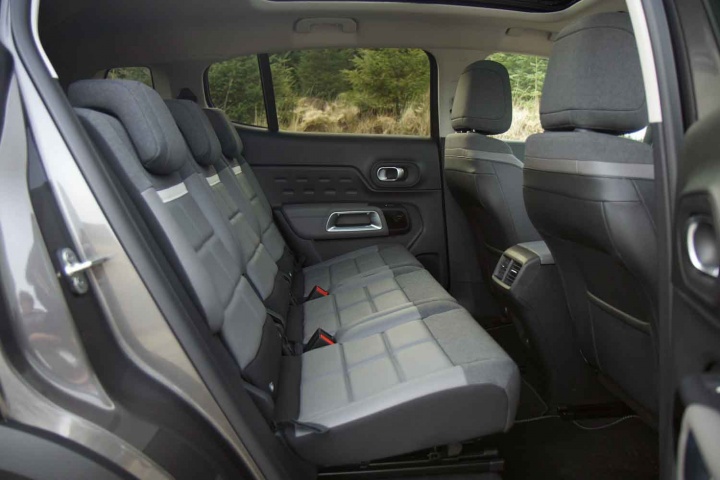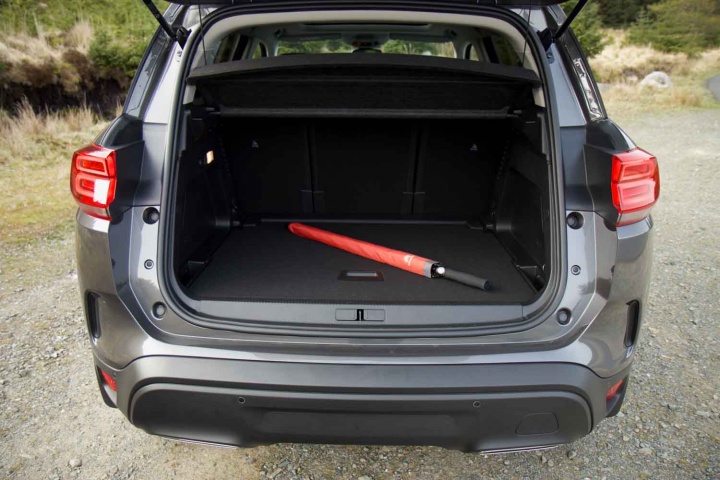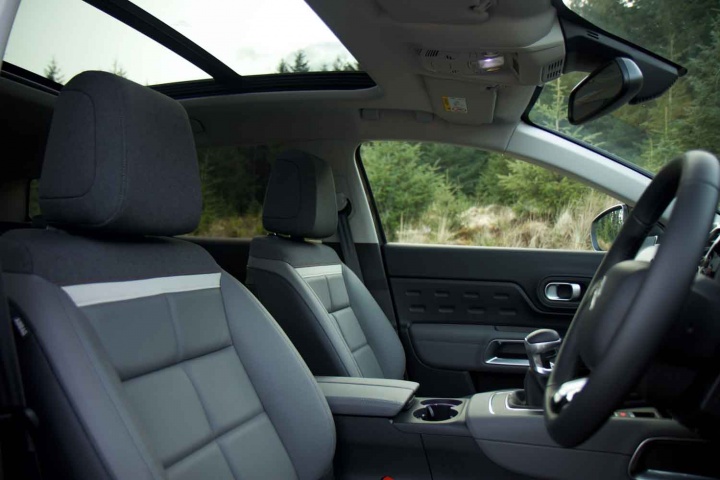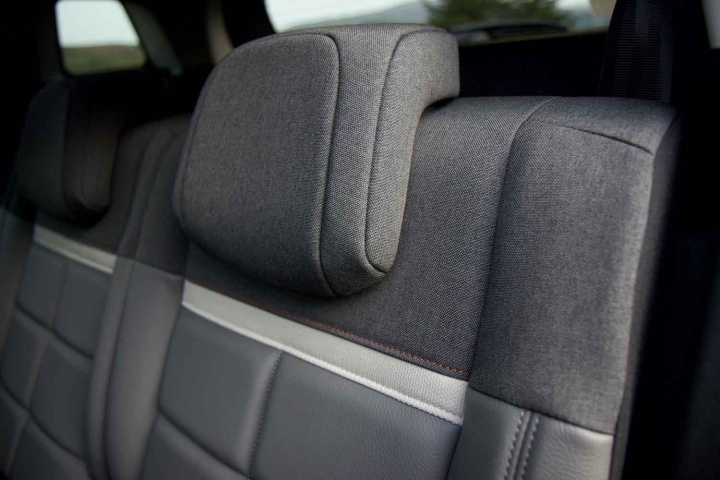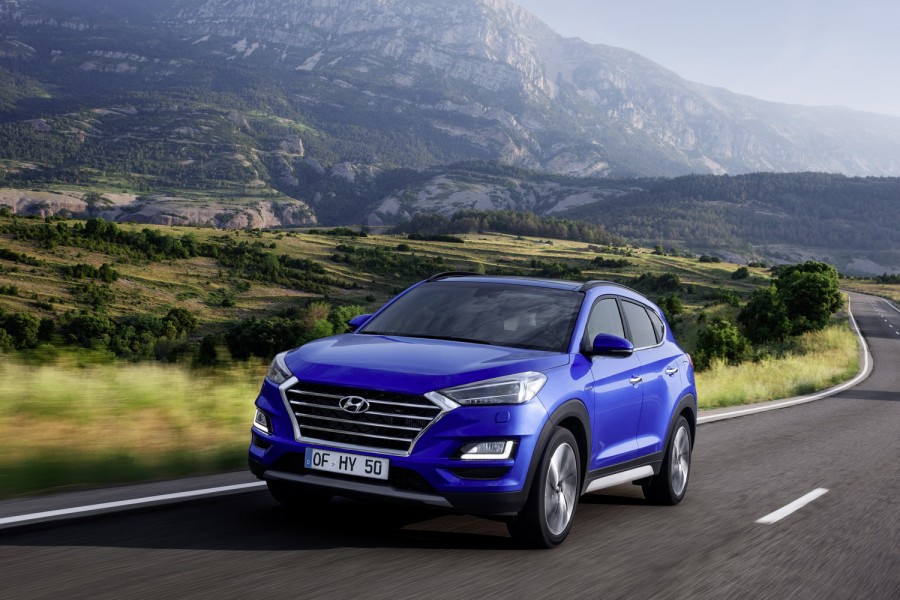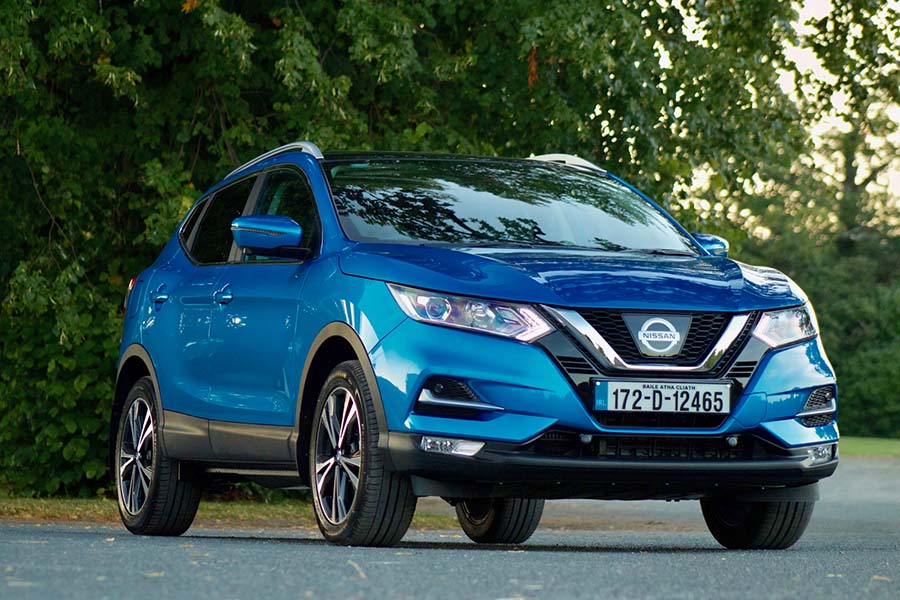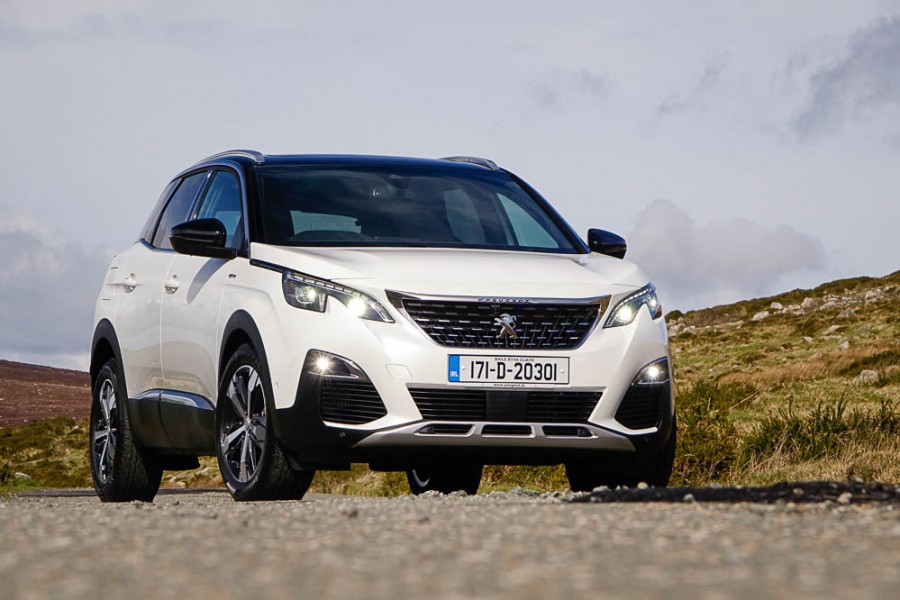What are you driving?
Citroen has made an SUV before. You've forgotten, I take, the mid-2000s C-Crosser? Well, perhaps that's not surprising. Based on the second-gen Mitsubishi Outlander, the C-Crosser was kind of nice, but equally kind of forgettable. The old Citroen Mehari, built from 1968 to 1988, is perhaps a bit more memorable, but is less of an SUV and more of a glorified beach buggy. We could probably drag the 2CV 'Safari' (which achieved four-wheel drive by having two engines, one for each axle) into the conversation, but that's getting into parallel universe territory.
Back, then, to the Citroen C5 Aircross, which is arguably the French company's first modern SUV in that it's more of a tall hatchback than a proper off-roader. Indeed, there's not even a four-wheel-drive version, although highly-specced models can be had with Citroen's clever Grip Control, sort of like a version of Land Rover's Terrain Response system, but for front-wheel-drive vehicles.
With the SUV and especially this family crossover market becoming crowded, Citroen clearly felt that it was necessary to make a visual impact, so the C5 is probably one of the most distinctive-looking cars in the class. None of the quiet handsomeness of the Renault Kadjar or the understatement of the Hyundai Tucson here - the C5 rolls out the full panoply of Citroen design quirks, from the double-decker headlight arrangement, to the scratch-defending 'Airbump' panels on the bottom of the doors. It's certainly distinctive, but perhaps a touch OTT for the sort of relatively conservative buyer who would normally go for a Tucson or Nissan Qashqai.
Underneath, it uses the same platform as the Peugeot 3008 and the related Opel Grandland X, which means it also shares the 1.2 petrol turbo, and 1.5- and 2.0-litre turbodiesel engines along with a six-speed manual or, in the case of this test car, eight-speed automatic gearboxes.
This is a top-spec 'Flair' model, which includes such equipment as a 'Citroen Connected Cam' mounted in the windscreen (which records for insurance and evidence purposes, but which can also take snapshots to share on social media), a safety pack that includes lane keeping steering, emergency automated braking, blind spot detection, active cruise control, a reversing camera, a panoramic roof, wireless phone charging, part-leather upholstery, an eight-inch touchscreen with satnav, Apple CarPlay and Android Auto, and 19-inch alloy wheels.
Name its best bits
Citroen has, of late, been trying to return to its once-held pre-eminence in the field of comfort. While, sadly, that doesn't mean it's bringing back the classic Hydragas suspension, it does mean it's introducing its 'Citroen Advanced Comfort' pack on more and more models. That includes sofa-like, squashy seats and 'Progressive Hydraulic Cushions', which replace hard rubber bump-stops at the top of the suspension with soft hydraulic compression-stops. Those make absorbing big impacts easier, as well as allowing the suspension to recover more easily in time for the next bump.
Generally, both of these comfort additions work well (not perfectly though - we'll get on to that in a minute). The suspension feels distinctly soft and pliant, and is far better than that of most rivals at soaking up the sort of irritating bumps and thumps that characterise most city streets. It's good on the open road too, dealing well with rural surfaces, and exhibiting the sort of leggy, long-haul squishiness that a good Citroen should on the motorway.
The seats are, initially, very nice too - squidgy and soft like a welcoming armchair. They contribute to a pretty successful cabin, that not only feels decently built, but which is also hugely practical. Not only can the boot be expanded from a standard 580 litres to a massive 720 litres by sliding the rear seats forward a little, but those rear seats are good too. Instead of a bench, they're three individual chairs, which opens up a whole world of convenience for those with a growing family. It's a hugely versatile layout, and you do wonder why more rivals don't offer it.
The C5's biggest asset is its long-haul comfort and refinement. It's a very smooth car in which to travel, and one that your passengers, especially, will thank you for buying.
Anything that bugs you?
The downside to that soft suspension is that the C5 Aircross wallows and rolls in corners. If you're mostly living and driving in town or on motorways, it won't be such an issue, but if your daily drive is twisty country roads, it could become a bit tiresome.
The softly-softly seats also have a downside - a lack of support on a long journey. It won't affect everyone equally, but this correspondent found they induced serious backache on a long drive.
That eight-inch touchscreen is also fiddly (and the C5 lacks the shortcut physical buttons of its Peugeot siblings, relying instead on a touch-sensitive black panel whose operation is a bit too hit-and-miss) and the diesel engine is too noisy at low speeds for our tastes.
And why have you given it this rating?
Citroen's first (real) stab at a modern family crossover results in a decent, distinctive car. No, it's not perfect - those seats still need work and there must be a way to get soft suspension to handle properly - but its massive levels of practicality and its quirky styling mark it out as an interesting choice amid the morass of the SUV market.
What do the rest of the team think?
My initial impressions of the C5 Aircross were very positive indeed, extending to the wonderfully cushioning suspension and seats, the distinctive appearance and those highly useful rear seats (I reckon this car will take three child seats in the back of various sizes so long as you don't need three ISOFIX mountings, which its rivals struggle with). The petrol model is smoother to drive and quieter, though it's not for those that relish tackling a country road regularly, for the reasons Neil outlined. Still, I think we know what matters more to the target audience.
Shane O'Donoghue - Editor

